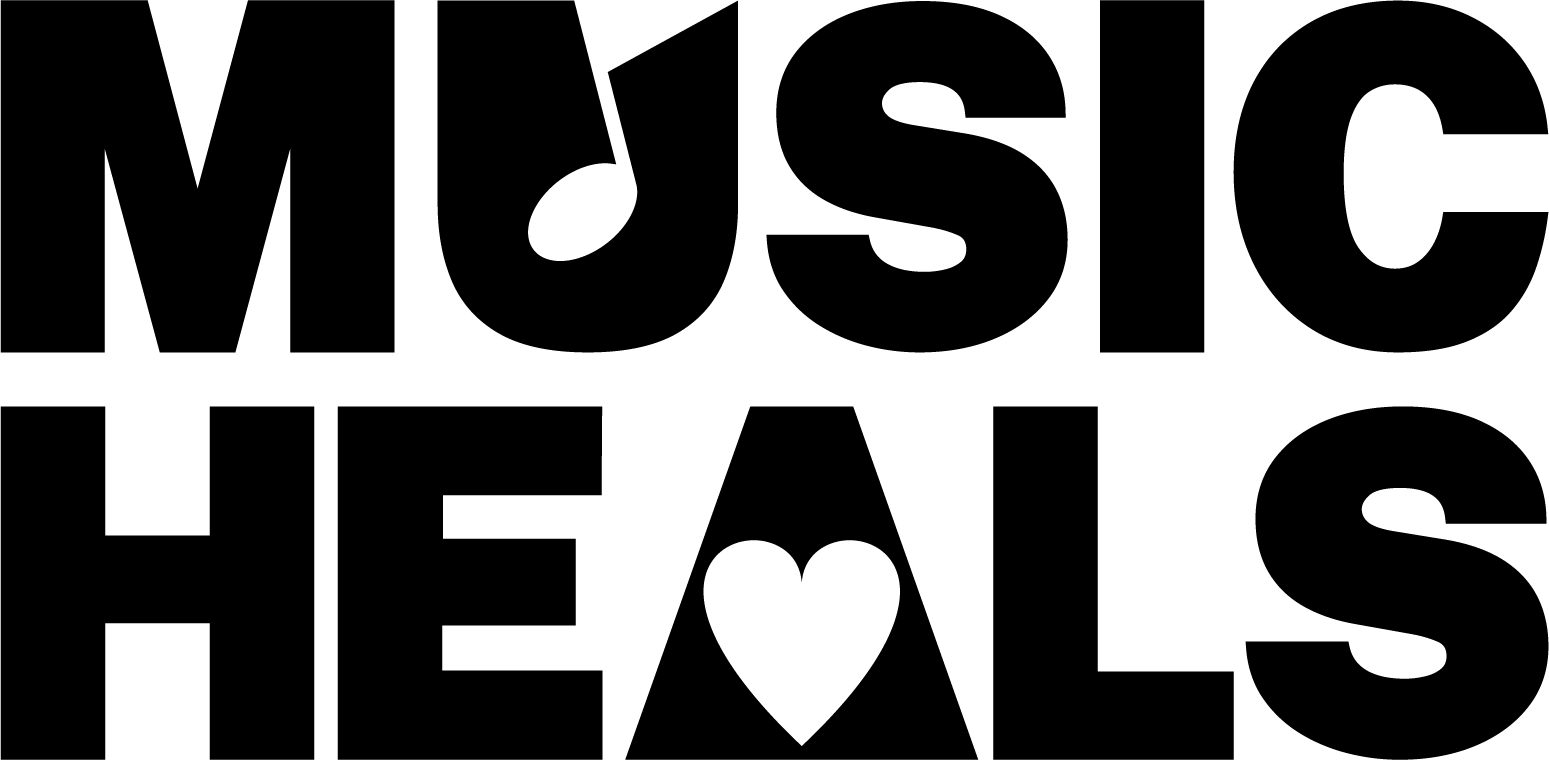Music therapy has been successful as a therapeutic intervention for persons with physical disabilities. It has been used with persons, of all ages from preschool to late adulthood and with many types of disabilities whether congenital or adventitious. Music therapy may play an important role in developing, maintaining and/or restoring physical functioning.
Because music is reinforcing, it can be used to motivate movements or structure exercises which are prescribed in physical rehabilitation. Involvement in music may provide a distraction from the pain discomfort, and anxiety often associated with some physical disabilities. Musical experiences presented within a music therapy sessions can be effective in achieving a variety of physical, emotional and social goals relevant to the individuals needs capabilities and preferences.
Music therapy techniques-have been used to develop and maintain joint and muscle function or to increase fine and gross motor coordination and control, increase muscle strength, increase range of motion, improve cardiopulmonary and respiratory functioning, improve oral-motor skills, facilitate relaxation and controlled movement, as well as provide an outlet for emotional self-expression and provide opportunities for social interaction.
Music therapy sessions incorporate the use of different musical media to achieve individualized treatment goals. Through movement to music and dance routines, movements may become more controlled, fluid and purposeful. Recorded or five background music may be used. Live music offers increased flexibility and adaptability to match and guide physical movements elicited by the client. Musical instruments may be used to work on range of motion, handgrasp strength, and non-verbal self-expression. These instruments are often adapted to fit the specific physical capabilities of each client. The use of computer-aided and electronic musical equipment also allows severely physically disabled clients to reach their fullest creative potential. The act of singing may assist in the maintenance and improvement of oral motor skills and pulmonary functioning. Singing provides opportunities to improve breath-control, rate of speech, articulation and pronunciation skills. For some clients, listening to music may facilitate relaxation. Discussion of lyrics and songwriting may provide opportunities to discuss and share personal thoughts and experiences. Music therapy can increase an individual’s level of independence, and enhance feelings of self-confidence, self-worth and self-esteem. Through participation in successful and enjoyable experiences, music therapy can assist these individuals in reaching their fullest potential.
For persons with physical disabilities, music therapy can:
Facilitate relaxation
Relaxation is an important component in achieving increased range of motion and flexibility. It is also important when working with persons who have difficulties with spasticity. Sedative music has been show to enhance EMG biofeedback relaxation training when compared to EMG biofeedback relaxation training alone for persons. with spastic cerebral palsy (Scartelli, 1982). Music experiences that can promote relaxation include listening to carefully chosen music, instrumental improvisation and music-assisted relaxation exercises. Improvised music can match and guide physiological responses (i.e., respiratory rhythm, pulmonary rhythms), toward achieving a more relaxed state. Although most people may find sedative music effective in achieving a relaxed state, this may not be true in all cases. The music therapist is able to recognize and monitor the effects of the presented music on the individual. and to adjust the music to ensure that the intended results are achieved.
Increase motor coordination
Motor coordination can be improved through many musical experiences. The use of selected instruments can improve range of motion as well as fine and gross motor skills through strategically, placing instruments around the individual or using instruments that require the use of specific muscle groups or, body parts. Eye hand coordination can also be improved through the use of instruments that require increased precision in physical motion. The use of rhythmic auditory stimuli has been shown to increase independent, even control of ambulation in individuals with uneven or arrhythmic gait patterns (Staum, 1983) and to facilate temporal and quantitative muscular control in children with gross motor dysfunction (Thaut, 1983).
Reinforce and provide motivation for physical exercise
The use of music in therapy provides a positive and enjoyable atmosphere for persons with physical disabilities to experience success. Carefully chosen background music can enhance regular physical exercise. Through providing live background music, adaptability and flexibility is maintained so that the music therapist can more easily match the individual’s motions in tempo, style and rhythm. Music can help provide distraction and diversion from exercises that may be difficult for the individual, provide motivation to maintain participation and make a regular exercise routine seem less tedious.
Foster independence, self-confidence- and self-esteem
As physical abilities improve, and persons have increased opportunities to practice and acquire new skills and abilities, independence can be fostered and self-confidence and self-esteem enhanced. A positive self-image and self-concept can be developed through music therapy interventions (Brodsky, Nierdorf, 1986) and music therapy activities can be adapted according to the individual’s needs and capabilities. This may involve adapting instruments or songs to make them more accessible and to ensure that the musical experience can be successful while continuing to provide challenges to the individual. Music therapy can help these individuals to develop positive attitudes toward their disabilities and provide opportunities for personal growth.
Develop functional speech and communication abilities
Singing and speech have many commonalities. The use of vocal exercises used in singing can enhance oral motor skills such as articulation, breath control, and vocal intensity. Through manipulating tempo and rhythm, clarity of speech can be enhanced and the rate of speech can be modified to provide increased communication abilities for the individual (Cohen, 1988). Rhythmic training has also been shown to be effective in the treatment of aphasia (Oepen, Berthold, 1983). Melodic intonation therapy involves the sung intonation of propositional sentences in such a way that the intoned pattern is similar to the natural prosodic pattern of a sentence when it is spoken. This technique has been shown to be effective in improving word-morpheme performance levels, sentence lengths, articulation skills and intelligibility for language delayed apraxic children (Kraus, Galloway, 1982) and has been an effective treatment for some persons with severe aphasia (Sparks, Helm, Albert, 1974). Music has also been effective as a stimulus to promote spontaneous speech with physically challenged children (Harding, Ballard, 1982) and to promote non-verbal communication through bliss symbols (Herman, 1985) or sign language.
Motivate interaction with others
Persons with physical disabilities may encounter decreased opportunities and motivation for social interaction. Music therapy can provide opportunities to interact with peers through a shared experience. Group ensembles provide opportunities to develop peer relationships, develop social interaction skills and provide opportunities for cooperation and working together as a group toward a common goal. Group music therapy sessions can also provide opportunities to share personal experiences with others and provide a means and an outlet for appropriate self-expression.




